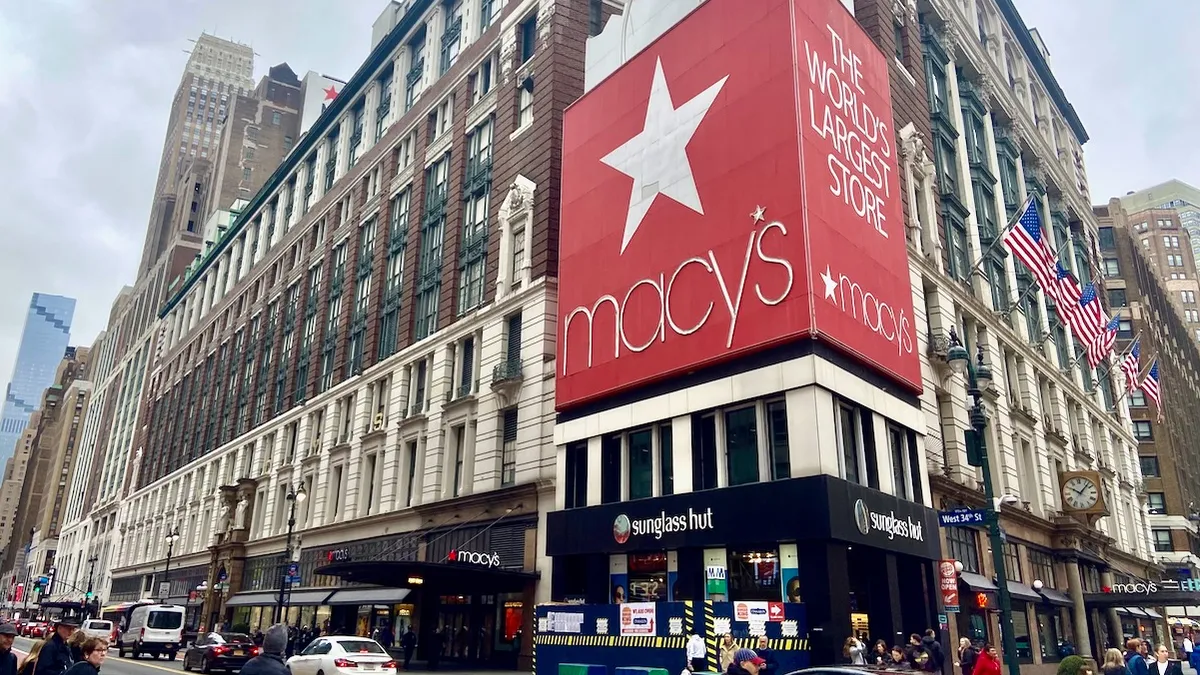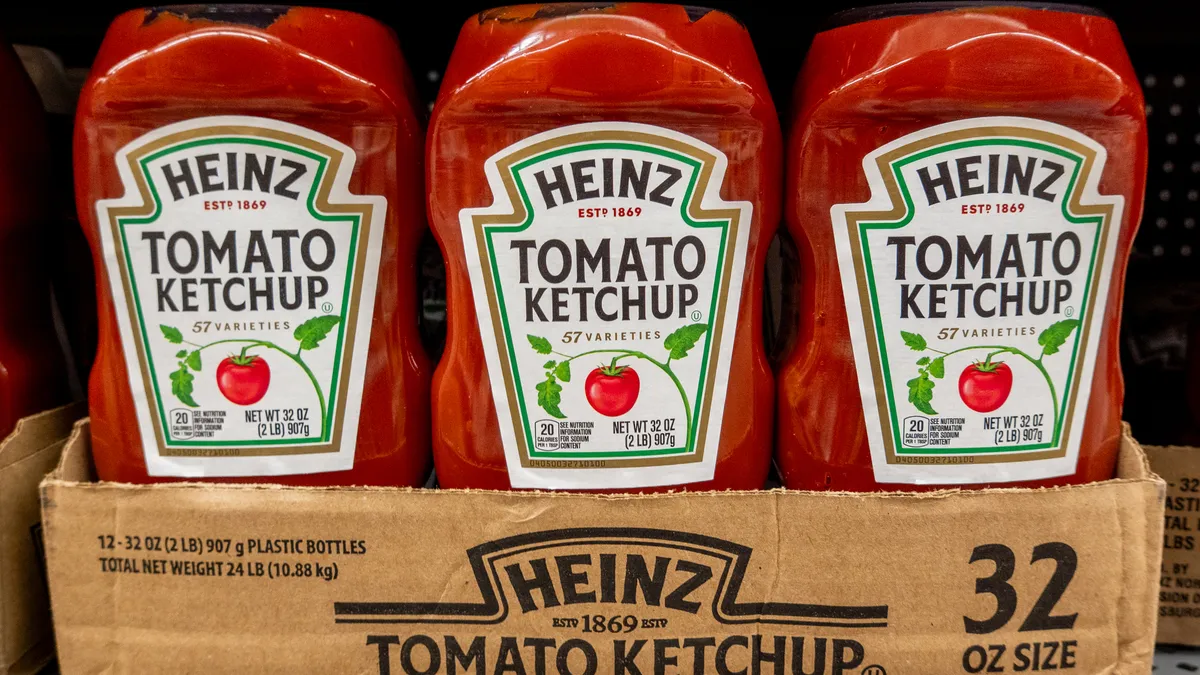Supply chains are constantly changing as new rules, technologies, resources and market trends transform operations. Here's a skim of the week's indexes, technology announcements, expansions and M&As from around the web.
In Case You Missed It
- Gartner released its annual 25 top supply chain rankings.
- Truckers still have mixed feelings about Uber Freight.
- The Supreme Court will decide next week whether to hear the ELD case.
Market Snapshot
The Bureau of Labor Statistics (BLS) and the Institute for Supply Management both released their monthly reports this week, painting a complex picture for the manufacturing sector, particularly in regards to employment.
The bottom line: Overall, the economy is doing well — but not as well as it could be.
Manufacturing is nearing on 100 months of continuous expansion — May is the 96th — as the economy has generally supported its growth, per the Manufacturing ISM Report on Business. Similarly, BLS data shows the unemployment rate has continuously fallen since October 2010, The Wall Street Journal reports, with last month recording the lowest level in 16 years.
The backdrop presents a splendid image for a post-recession U.S. economy, but the devil is in the details, and details abound.
The BLS report shows the manufacturing, wholesale trade and retail trade industries all lost thousands of jobs on a month-to-month basis. Retail took the hardest hit with 6,100 job losses, while manufacturing lost 1,000. Meanwhile, economists surveyed by the Journal expected the economy to gain 46,000 more jobs last month than it did. In other words, unemployment may be low, but hiring is also below expectations.
That job losses do not concur with general unemployment rates reveal a more concerning fact: low levels of unemployed workers may not correlate with full employment needs.
The ISM report cites a fabricated metal products respondent saying, "Business is booming, and getting direct employees is increasingly difficult." Another respondent in the food, beverage and tobacco products subsector hammered the point home: "[It's] difficult to find qualified labor for factory positions."
The backdrop presents a splendid image for a post-recession U.S. economy, but the devil is in the details, and details abound.

Supply Chain Dive
We've frequently referred to this problem as the talent crisis in the supply chain, and last week, we alluded that such a crisis may stem from a somewhat lacking talent pool ... or even, a lacking scope in hiring. Let's dig deeper.
The Wall Street Journal suggests the drop in unemployment may actually be due to a fall in the labor participation rate altogether, which decreased to 62.7% in May from 62.9% last month. "The rate is near the lowest level in since the 1970s, a time when women were entering the labor force in larger numbers," according to the Journal's Eric Morath and Josh MItchell.
This supports Federal Reserve Governor Brainard's statement last week, where she argued we had yet to reach full employment due to a lack of increased employment participation among all demographic groups.
The BLS report found that, among the major worker groups, there was little to no change in employment of Blacks, Asians, Hispanics, adult men, adult women or teenagers. Whites, meanwhile, saw their unemployment rate fall to 3.7%, barely down from last month's 3.8%.
While the dynamic nature of the economic forces in play requires further analysis, supply chain managers might ask themselves what they can do in the meantime. If a talent crisis really pervades the supply chain the way data and anecdotal evidence seems to indicate, it is no longer viable to continue the same human capital strategies. At various trade shows — including those focused on warehousing, logistics, operations and procurement — professionals have expressed to me frustration at a need for qualified labor. The statistics support their concerns, but reveal a need to re-evaluate where and how training is occurring to bring qualified workers into the supply chain.
Technically Speaking
Hanjin Shipping may have sunk into the sea a while ago, but it's sister shipbuilding company is still making headlines — of the good kind.
Hanjin Heavy Industries recently delivered three safe-from-human-error autonomous ships to the tanker affiliate of Mitsui & Co., the first of its kind. The systems were built by Alpha Ori Technology, Port Technology reports, and provide continuous monitoring of air handling, fire and gas, cargo and navigational systems. What's more, the ships also include a Big Data platform, also marking the first time a vessel is certified for such a system.
It seems logistics is not all that far behind on futuristic tech, after all. In fact, it is regulations that are lagging behind technology — and states are taking advantage of this lag to create a temporary market.
Texas was the latest state to pass legislation allowing autonomous vehicles, including those without human operators. The expansion of potential testing markets for self-driving trucks is a big step to bringing the idea to fruition, particularly when considering basic factors such as speed. As one of the largest states, Texas' intrastate hours-of-service limit can reach up to 15 hours, and its interstate highways have among the highest speed limits in the country. It's a new testing ground for the technology, both literally and figuratively.
Speaking of new markets, CBS Local Detroit reports that the Army is also looking to test autonomous vehicles, and will begin to do so in Michigan, which was one of the earliest adopters of self-driving vehicle regulations.
In other news, digital supply chains are entering into focus in France, where logistics IT service provider CGI Group recently opened a "center of excellence," in Lyon, to help manufacturing executives transition to data-driven, automated and integrated technology systems, DC Velocity reports.
Breaking Ground
The Federal Aviation Administration this week announced it would grant $527.8 million for airport infrastructure nationwide. The move, while yearly in nature, should greatly help improve air freight capacity as volumes and flights continue to grow internationally.
The largest beneficiary of the grant would be the Chicago O'Hare International Airport, which boasts $65 million in discretionary funds available for award for runways and other such improvements. Other major beneficiaries include Memphis International, Fort Lauderdale/Hollywood International, Denver International and Dallas Love Field. Full list of beneficiaries, here.
Speaking of port improvements, Maryland is doing its best to improve freight flow for its port. The Maryland Port Administration bought 70 acres of land to store containers, autos and roll-on/roll-off goods, American Shipper reports. The investment comes as the Port of Baltimore expects greater container traffic now post-Panamax ships are arriving in the East Coast.
In fact, the Port of Baltimore has been pushing to acquire greater capacity infrastructure for a while. One indirect example is CSX's expansion of the Howard Street Tunnel to allow double-stack trains to pass. American Shipper reports port officials are hopeful that the expansion will secure the funds necessary for the second phase of the project, as this would bring more intermodal traffic to the Port of Baltimore.
In other news, food preparation company Hy-Vee recently announced it would begin working on its $29 million, 137-square-foot e-commerce fulfillment center and kitchen in south Kansas City, MO. Meanwhile, FedEx Supply Chain's new multi-tenant healthcare logistics center in Memphis, TN, is filling up fast, according to the Memphis Daily News.
Mergers & Analysis
The latest round of shipping consolidation took an awkward turn when three lines, all part of THE Alliance, announced a merger but provided the media with a less-than-ideal name: the Tripartite Agreement. As a result, for months the deal between NYK Line, K Line and MOL was colloquially referred to as the merger of the Japanese Lines, or 'J Lines.'
This week, however, the three lines provided a sense of closure in announcing their official new name: the Ocean Network Express, or ONE. Behind the name change, however, was a not-so-stunning admission: their joint venture would not begin until April, 2018 — almost a full year after they originally intended.
Supply Chain Dive reported how the three lines suffered a hiccup when the Federal Maritime Commission rejected their joint venture proposal over jurisdictional concerns. Now, the Justice Department's antitrust division is responsible for approving such operations. That, in turn, may not come for a while.
In related news, the shipping industry's consolidation also extends to the operators facilitating trade, namely ports. The Mediterranean Shipping Company (MSC), for example, recently signed a 35-year deal to run a terminal at the Ivory Coast's second-ever port.
Meanwhile, UPS and SF Holding announced a joint venture to provide international delivery services directly from China to the United States. The partnership is a testament to the growing appeal and potential of cross-border direct trade, particularly with regards to e-commerce.
In other news, cloud-service provider Rackspace is reportedly in talks to acquire ERP provider TriCore; IL-based Hub Group will purchase contract trucking firm Estenson Logistics; and The Wall Street Journal reports Norway's Frontline may be looking to create the largest tanker fleet by purchasing U.S.-based Gener8.






















